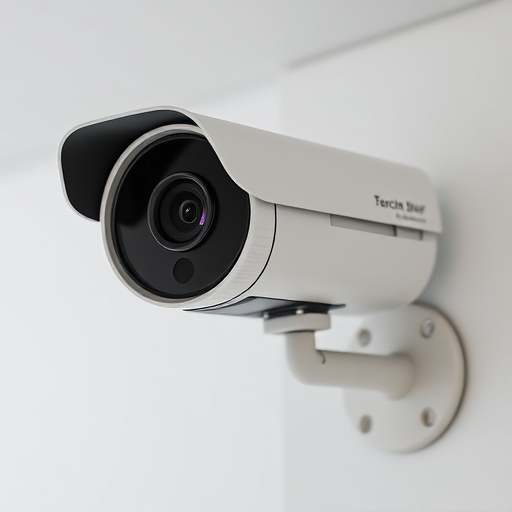When choosing a hidden camera with built-in DVR, consider that resolution is key but not solely determined by pixel count. Balancing factors like sensor quality and video compression ensures clear imaging without distortion. Important features include resolution (HD to 4K+), storage capacity, motion detection sensitivity, night vision capabilities, and wireless connectivity for effective surveillance and remote access via smartphone apps. Higher resolutions offer sharper images but require more storage; lower HD resolutions suffice for basic surveillance with less storage demand. Thorough research is essential to select a reliable system that meets specific needs and budgets.
Hidden cameras equipped with built-in DVRs offer discreet surveillance solutions, but understanding their resolution is key. This article delves into the intricacies of hidden camera DVR resolution, exploring factors like sensor quality and recording conditions that influence image clarity. We weigh the advantages and disadvantages of integrated DVR systems, providing insights to help users choose the right hidden camera with built-in DVR for their needs.
Understanding Hidden Camera DVR Resolution: Factors Influencing Quality
When considering a hidden camera with built-in DVR, understanding the resolution is crucial. This isn’t just about pixel count, but also factors like sensor quality and video compression. High-resolution doesn’t necessarily mean better quality; it needs to be balanced with clear imaging and minimal distortion.
Several elements influence hidden camera DVR resolution. These include lighting conditions, field of view, and the camera’s ability to handle motion. Night vision capabilities, often achieved through IR LED technology, also play a significant role in determining the clarity of footage, especially in low-light environments. Additionally, storage capacity and frame rate settings can impact the overall quality and amount of recorded video.
Advantages and Disadvantages of Built-in DVR in Hidden Cameras
A hidden camera with a built-in DVR offers several advantages. For one, it streamlines the surveillance process by combining recording and monitoring into a single device. This eliminates the need for separate components, making installation easier and more discreet. Moreover, these systems often come with robust storage options, allowing you to capture high-resolution footage for extended periods without interruption. The built-in DVR also enables remote access via internet connections, empowering users to monitor their properties or businesses from anywhere at any time.
However, there are disadvantages to consider. Primarily, the cost of hidden cameras with built-in DVRs tends to be higher than standalone options. Additionally, while the integrated design is ideal for discretion, it may limit your customization and installation flexibility compared to separate components. Quality concerns are also prevalent, as lower-end models might compromise on image clarity or storage capacity. As such, thorough research is crucial to ensure you choose a reliable hidden camera with built-in DVR that aligns with your specific needs.
Choosing the Right Hidden Camera DVR: Key Features to Consider
When selecting a hidden camera with built-in DVR, understanding your needs and preferences is crucial. Key features to consider include resolution (HD, 4K, or higher), memory storage capacity, motion detection sensitivity, night vision capabilities, and wireless connectivity options. Higher resolutions like 4K offer sharper images but require more storage space, while lower HD resolutions can be sufficient for basic surveillance needs with less space consumption.
Memory storage is another vital factor; ensure the device supports expandable storage to accommodate the footage you capture. Motion detection and night vision are essential for triggering recordings and capturing clear images in low-light conditions. Wireless connectivity enables remote access and monitoring via smartphone apps, providing flexibility and convenience. Look for models with stable Wi-Fi connections or cellular network support for reliable remote surveillance.
